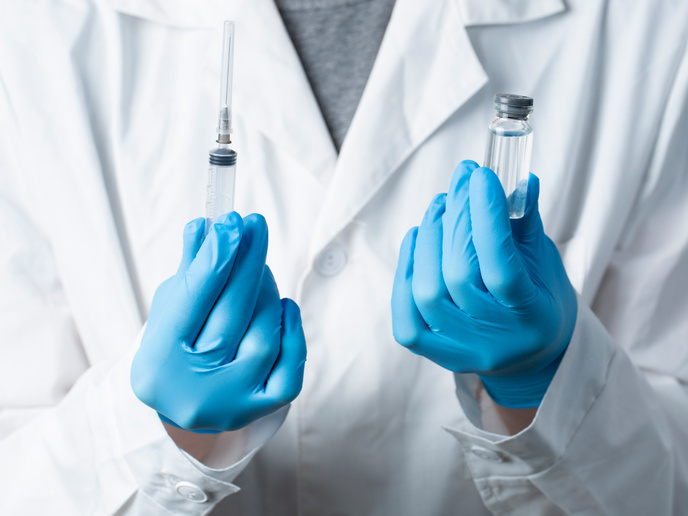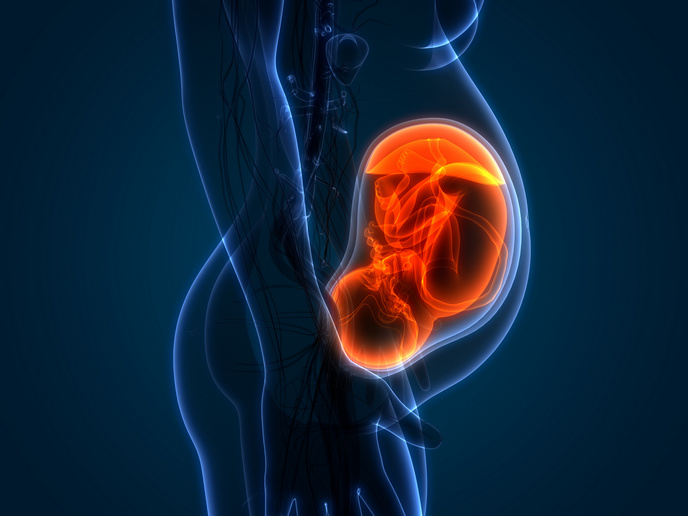Secrets of the body’s thermostat could spark health innovations
Despite experiencing a wide range of temperatures, mammals can maintain their internal body temperature (Tcore) to around 37 °C, with the brain’s hypothalamic preoptic area (POA) playing a key role. “While it is known that some thermal balancing processes require metabolic fuel – for shivering or activating brown fat for example – precisely how this happens, especially over extended periods of time, remains mysterious,” says Jan-Erik Siemens(opens in new window) from the Acclimatize project, which was funded by the European Research Council(opens in new window) (ERC). To shed light on this issue, the Acclimatize project benefited from the team’s recent identification of the first known molecular temperature sensor(opens in new window) within the thermoregulatory neurons of the POA – a thermo-sensitive ion channel known as transient receptor potential melastatin 2 – TRPM2(opens in new window). This discovery enabled the team to conduct in vivo POA temperature stimulation experiments with mice, exploring the workings of thermoregulatory neurons, using TRPM2 as a molecular marker. “Alongside evidencing how a specific brain cell group responds to heat, our discoveries about the fluctuating temperatures of deep brain structures have wide-ranging research implications,” notes Siemens from the Medical Faculty of the University of Heidelberg(opens in new window), the project host.
From acute heat homeostasis to long-term heat acclimation
Acclimatize was less interested in the better understood processes of regulating body temperature in the acute or short term, more in how mammals do so over longer periods. “Most mammals can adapt to temperature changes over long periods of time, usually weeks to months, just think about how we get used to increasing temperatures during summertime,” adds Siemens. It was known, for example, that mice shed brown fat, their main heating organ, when adjusting to warmer temperatures, begging the questions: is this orchestrated by the nervous system, and if so how? To investigate, the team visualised certain neurons in the POA, then let mice in incubators acclimatise to warmer temperatures, before using neurophysiology techniques to look for synaptic plasticity – finding little evidence. “But we did find significantly more activity in these thermoregulatory neurons, increasing over time. Surprisingly, despite being deep in the brain, they seemed to track body temperature. One hypothesis is that blood flow into the brain hits the POA first, carrying heat to it,” says Siemens. Thanks to this discovery, the team found, for the first time, a key heat acclimation molecule(opens in new window), consisting of NaV1.3 ion channels crucial to the increased neural activity, which seems to prime the peripheral organs for heat.
Implications for biomedical science
The Acclimatize project offered the opportunity to further explore the links between the acclimatisation mechanism and energy metabolism, with a particular focus on obesity. ”While research is ongoing, we can’t yet draw firm conclusions but it seems likely that heat acclimation can counteract certain forms of obesity, at least in mice,” explains Siemens. According to Siemens, if corroborated, this finding could lead to two possible therapeutic avenues. Firstly, heat generated by focused ultrasound for instance to reach deep into the brain could be harnessed to modulate POA neuronal activity, mimicking the health benefits of heat acclimation for obesity. Secondly, a drug could be developed using capsaicin(opens in new window) (the fiery component in chilli peppers) to activate peripheral heat receptors, with their signals travelling up to the POA to trigger the heat acclimatisation neurons. Additionally, inspired by the Acclimatize project, Siemens is now exploring how the heat acclimatisation process could help those at cardiovascular risk, during heatwaves for example. “Asking how we can clinically mimic heat acclimatisation benefits, is a very exciting new area stemming from this ERC grant,” concludes Siemens.







